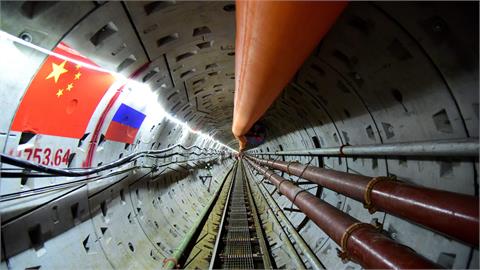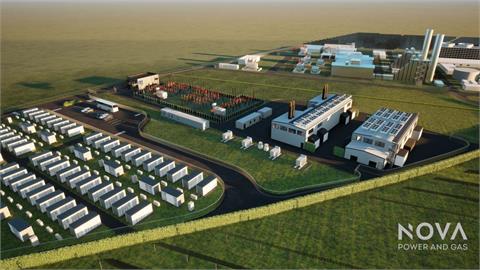The International Energy Agency today released two guides aimed at
helping countries around the world develop ambitious energy efficiency
policies by showing policy makers, analysts and statisticians how to
better track and use data on the so-called hidden fuel.
The
IEA views energy efficiency as an important way to improve energy
security and cut greenhouse-gas emissions in the decades to come. Yet
measuring energy efficiency is not always easy: wide variations exist in
the way data on energy efficiency are collected from country to country
- if they are collected at all. In its inaugural Energy Efficiency
Market Report last year, the IEA noted that more data on energy efficiency - and more
robust indicators - were needed across the globe to help craft more
effective policies.
The two new IEA publications address
this challenge by providing the necessary tools to initiate and further
develop in-depth, appropriate and reliable energy efficiency indicators
to help countries set energy efficiency targets and track progress
towards these goals.
"If the world wants to avoid a
temperature increase of 5 or 6 degrees Celsius by the end of the
century, then ambitious programmes of energy efficiency have to be
launched in all sectors and in all countries," said IEA Executive
Director Maria van der Hoeven. "The IEA's new manuals on energy
efficiency indicators will help countries design and implement dynamic,
viable energy efficiency programmes."
The first IEA manual, Energy Efficiency Indicators: Fundamentals on Statistics,
is intended for statisticians and energy analysts collecting the needed
information for the development of energy efficiency indicators.
Inadequate resources, expertise, know-how and practices are often put
forward to explain the lack of data and indicators. However, surveying,
metering and modelling practices exist all around the world. Making
these practices available to all is exactly the purpose of this manual.
After having identified the most common sectoral indicators, the manual
provides more than 160 practices used worldwide for collecting the data
needed to build these indicators.
The second manual, Energy Efficiency Indicators: Essentials for Policy Making, is aimed at providing policy makers and energy analysts the tools
needed to determine the priority areas for the development of energy
efficiency indicators and how to select and develop the data and
indicators that will best support energy efficiency policy making. In
addition, the indicators provide a basis for international comparisons
that can help identify best practices for effective policy design and
implementation in countries.
By reducing or limiting
energy demand, energy efficiency measures can increase resilience
against a variety of risks, stress on energy infrastructure, and
disruptions to energy supply systems.
Energy Technology Perspectives 2014,
which the IEA published earlier this month, said that if governments
are to meet the goal of limiting the rise in global temperatures to no
more than 2 degrees Celsius this century in a cost-effective way, then
energy efficiency will need to play a key role, contributing between
one-third and one-half of all the required future energy and emissions
savings.
Related content
Monday, 22 December 2025
Monday, 22 December 2025
Wednesday, 17 December 2025
Wednesday, 17 December 2025



